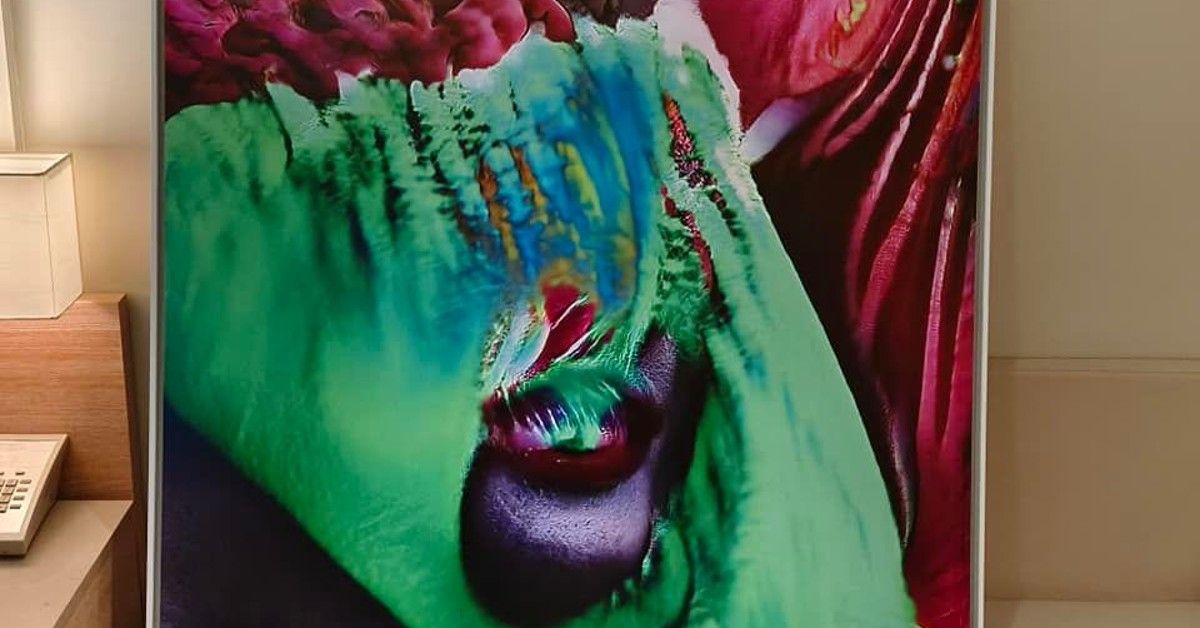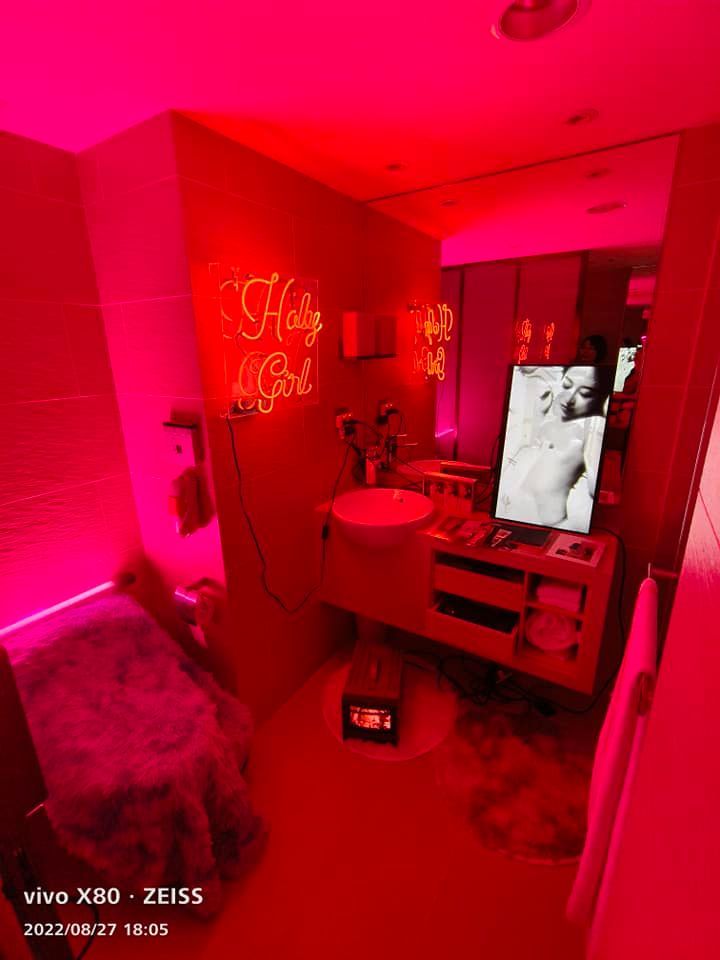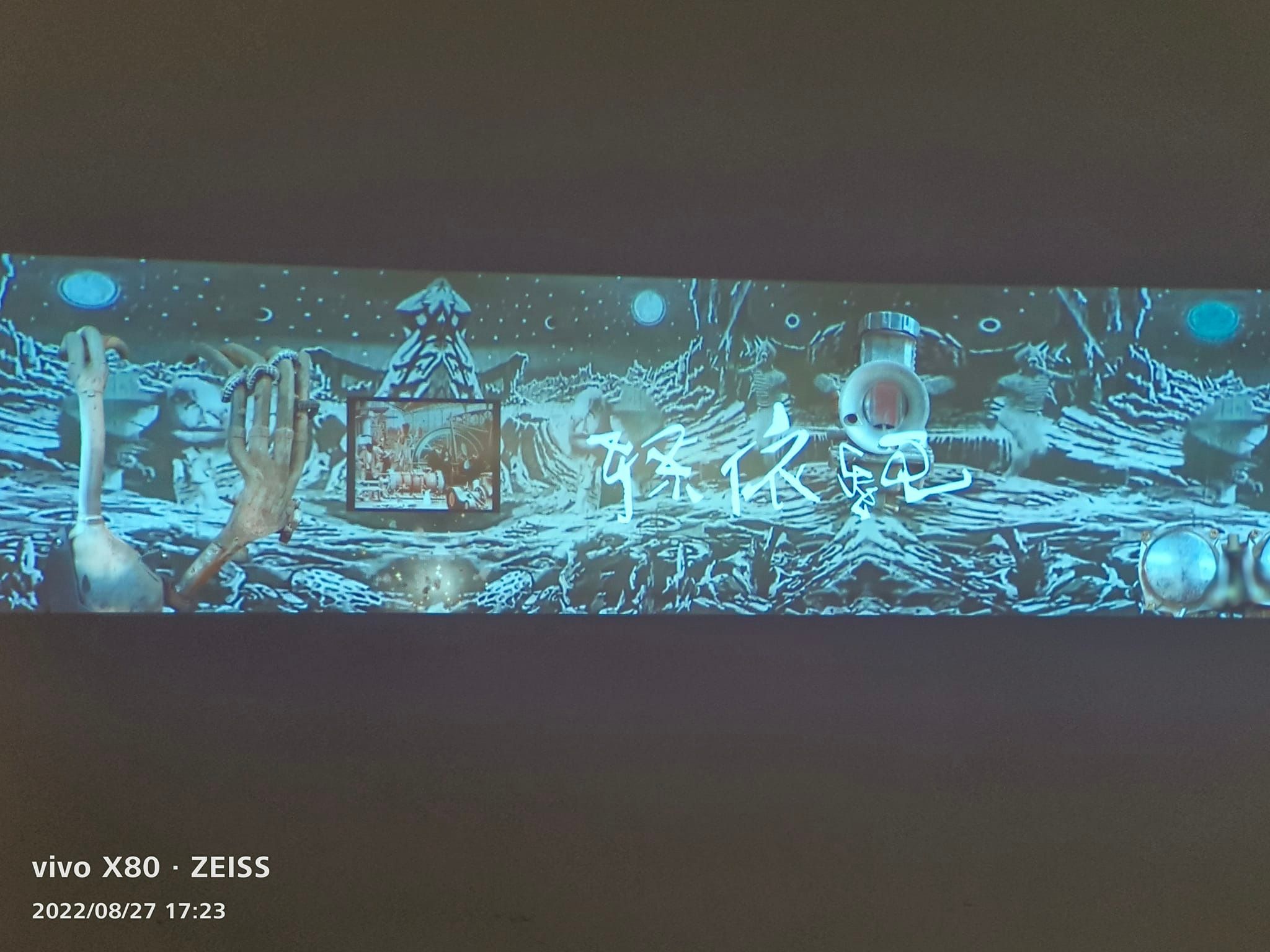
Last week, a small yet beautiful art fair, the FLAME Video Art Fair, was held at the Taipei Hotel. Despite its small scale, it was truly in line with international standards, embodying the spirit of contemporary art and, most importantly, breaking away from the common commercial art fair practices in Taiwan.
By saying it broke away from the usual practices of Taiwanese art fairs, I mean that we couldn't see any trendy art, plush toys, or prints dominating the exhibition. Even the NFT exhibition at this fair was limited to video-based NFTs, naturally excluding a bunch of opportunistic or fast-fashion Profile Picture NFTs. Furthermore, the participating exhibitors did not bring along excess inventory to be sold off. This is likely due to the medium of the exhibition primarily being video, but it's also possibly a result of strict curation. In a market environment driven by commercial interests, it's truly standing out from the crowd.
The embodiment of the contemporary spirit is reflected in several aspects. First, the proportion of new works on display. Second, the age of the creators and the themes they explore. And third, the diversity of the participating exhibitors, which is often overlooked. We found that many of the exhibitors were alternative spaces or studios run by artist collectives, rather than traditional commercial galleries. These units rarely participate in regular commercial art fairs but often play a significant role in domestic and international biennials. These industry insiders, who are familiar to those within the field but relatively unknown to the general public (such as Taiwan's Shuigu Art and New Paradise), took this opportunity to approach the public and actively showcase their work, expanding the impact of video art and allowing audiences to deeply engage in interactive experiences. I asked Xiao Peng from Shuigu for his thoughts after the event, and despite appearing tired, he couldn't hide his excitement as he said, "Exhausted! But had a great time!" Isn't this also bringing new excitement to the somewhat stagnant art fair scene?
The forum at the art fair was also a highlight! Not only were the moderators and panelists selected from the academic and industry circles, as well as experts in video art and new media art, but what particularly impressed me was witnessing the scholars and industry professionals at the art consultation room generously sharing their insights with the visiting artists. Yes, other art fairs may have similar arrangements for artist consultations, but it was the first time I saw the keynote speakers being so wholehearted and passionate, unable to contain their enthusiasm. While an art fair is undoubtedly a commercial exhibition, even within a commercial context, there is still a responsibility to inspire the industry's direction and support emerging talents. From this perspective, this video art fair was extraordinary!
This edition of the international video art fair took place in Taipei, following the first edition held in Hong Kong. It is said that the next edition will move to Singapore or Bangkok, forming a tradition of touring Asia. Despite the considerable obstacles caused by the pandemic, this art fair still had participation from units in Hong Kong, Macau, Northeast Asia, and Southeast Asia. Many astonishing works caught my attention, and upon further investigation, I discovered that they were actually created by groups from Cambodia and the Philippines, which have gained considerable recognition in Europe and the United States. They have been invited to documenta in Kassel, and some even believe that their creative energy is on par with this year's documenta curatorial team, Ruangrupa! While feeling fortunate for my own discernment, I couldn't help but lament: why do we have to follow behind the tail lights of European and American galleries? The world is not limited to the G20, after all!
Because I provided two artworks for loan exhibition, I was concerned that the limited environment of a hotel room might affect the viewing experience of the video playback. My observation led me to the conclusion that it does indeed have an impact, especially for works that require large dimensions and immersive audiovisual presentations. However, some video artists believe that playing and projecting videos in a hotel room is the closest approximation to the personal viewing experience in a home setting. Experienced video artists can also adjust the specifications based on the conditions set by the collector. For example, in this exhibition, Chen Yijun prepared both three-channel and single-channel versions specifically for museum and private collectors. From this perspective, the video art fair demonstrates the potential for private collection of video art. It's no wonder that this event has not only attracted some highly influential collectors but also garnered interest from top-tier galleries exploring new avenues. I believe that the organizers have built a solid foundation by integrating performance art, photography, sculpture, and the evolution of NFTs, making video art more versatile, three-dimensional, and even capable of extending into a multisensory experience. Thus, the video art fair can be seen as an opportunity to usher in a new way of collecting contemporary art in the 21st century. With these thoughts in mind, I offer my suggestions and wish the FLAME Video Art Fair continued success and further advancements!
(This article is authorized for reproduction by "Kang-Ywe Lyau")



